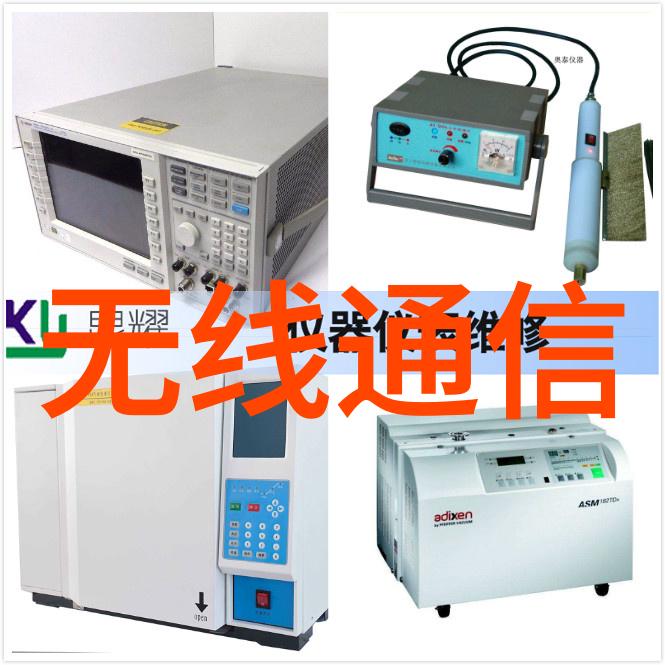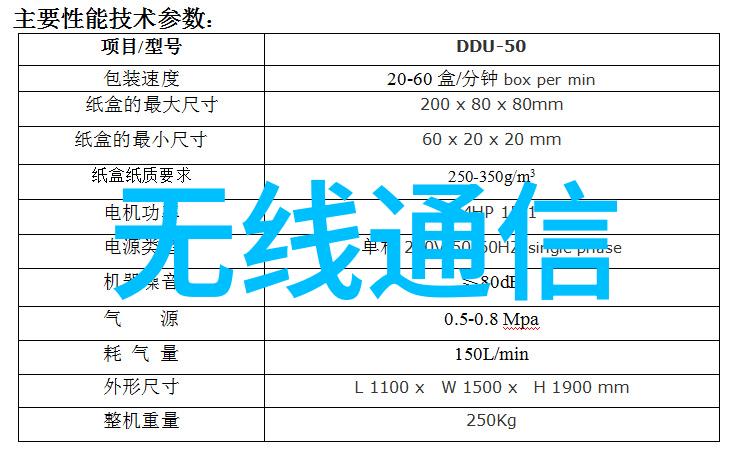您现在的位置是: 首页 - 无线通信 - 医疗器械消毒标准115度灭菌与121度灭菌对比 无线通信
医疗器械消毒标准115度灭菌与121度灭菌对比
2025-05-11 【无线通信】 0人已围观
简介在医疗领域,医疗器械的消毒和灭菌是保障患者安全、预防感染的关键环节。目前,常见的两种高温消毒方法分别是115度灭菌和121度灭菌。它们各有特点,对于不同类型的医疗器械来说,有不同的适用场景。 1.1 医疗器械消毒标准 首先,我们需要了解的是,根据国际卫生规程(International Health Regulations, IHR)以及各国国家药品监督管理局规定的标准
在医疗领域,医疗器械的消毒和灭菌是保障患者安全、预防感染的关键环节。目前,常见的两种高温消毒方法分别是115度灭菌和121度灭菌。它们各有特点,对于不同类型的医疗器械来说,有不同的适用场景。

1.1 医疗器械消毒标准
首先,我们需要了解的是,根据国际卫生规程(International Health Regulations, IHR)以及各国国家药品监督管理局规定的标准,一些非手术性的医用设备可以采用低温蒸汽滅菌或使用丙烯酸盐等化学消毒剂进行处理;而对于手术用的植入性设备、敷料、针具等,则必须通过高温滅菌才能确保其无害性。

2. 115度灭菌与121度灭균区别
2.1 温度差异

从温度上来看,115℃和121℃之间相差了6摄氏度,这个温度差距虽然不大,但对微生物生存环境影响巨大。在这个范围内,即使是耐热细菌也无法生存,而一些更为耐热的真杆状细菌可能仍然能够在较低温度下存活。
2.2 消毒效率

二者都能有效地杀死绝大多数病原体,但由于120摄氏以上温度可以杀死所有已知病原体,因此通常认为121°C为最安全最高可接受的治疗温度。但实际操作中,由于技术限制及成本考虑,很多医院选择使用115°C来进行滅燒,因为它既能保证基本要求,又更加经济实惠。
2.3 消耗电力资源

每种方法都会产生一定量的能源消费。理论上讲,为了达到相同效果,更高温度意味着更短时间,从而减少了所需能源量。但实际操作中,由于设备设计和运行机理不同,其具体表现还会受到许多因素影响,如设备性能、加热速度等。此外,在实际应用中,不同机构可能会因为自身条件(如电费价格)而做出不同的选择。
3. 应用场景分析
3.1 手术用品
对于需要严格控制表面洁净且不可再生的植入性材料,如人工关节或金属钉子,其表面应采用最终物理清洁并达到100%处置能力以避免留下任何残留物质。而这通常涉及到120-130°C范围内的一次深层次物理处理过程,以确保除去所有潜在污染源,并避免未来引起未预期反应的情况发生。然而,对于那些只需简单清洗即可重新利用的手术工具则113-114°C已经足够了,因为这些工具并不直接接触到身体内部组织,只是在手术过程中的辅助作用,所以他们不会导致感染风险增加,只要按照规定程序进行充分清洗就能满足需求。这就是为什么对这两类工具采取不同的处理方式,即使最后都是通过高温水浴实现,但前者的要求要严格得多。
3.2 非手术用品
对于非手术用品,比如纱布条带、绷带或者其他一次性敷料,这些产品一旦使用过后便被丢弃掉,因此它们不需要经过如此严格的地毯式殺傷。如果只是简单清洗一下,再放回储藏室,那么105-110摄氏位上的沸腾水已经足够了。这类产品由于只有一次使用,它们不像植入性材料那样具有潜在危险,而且成本较低因此经常采用这种比较经济但仍然有效的人道主义解决方案。
4 结论
总结来说,无论是在全球还是国内,当谈及至於醫院環境中的醫療器材處理,這兩種技術——一百零五攝氏與一百二十一攝氏之間—are both widely used for sterilizing medical instruments and equipment in healthcare settings, but their application scenarios are different based on the type of material being sterilized and the level of sterility required.
In summary, while both methods are effective at killing microorganisms, they differ in terms of temperature requirements, energy consumption, and applicability to various types of medical equipment or materials within a hospital setting.
The choice between using 115° C or 121° C for sterilization depends on factors such as the specific device or material being treated, its intended use (e.g., surgical vs non-surgical), local regulations governing infection control practices in hospitals and clinics across countries like China.
When it comes to choosing between these two high temperatures for sterilization processes within health care facilities worldwide - including those located in mainland China - there is no one-size-fits-all answer; rather a careful evaluation must be made considering not only the nature of each piece equipment along with any applicable guidelines from national drug regulatory agencies that govern them but also practical considerations related to cost efficiency as well as environmental sustainability factors associated with running such treatments continuously over extended periods time without interruptions during regular operating hours when demand peaks so heavily against available resources given other competing priorities facing an already strained infrastructure system struggling under immense pressure due sheer volume patient flow alone let alone add onto this mix ever-growing expectations around quality outcomes & safety standards which have become increasingly stringent since introduction new technologies advancements alongside growing public awareness regarding importance proper hygiene practices among staff members themselves contributing towards heightened vigilance everywhere we look nowdays making sure all surfaces remain spotless clean preventing cross-contamination spreading germs further down line until finally reaching our ultimate goal: keeping patients healthy safe free disease transmission happening anywhere near you – that's what matters most after all isn't it?






